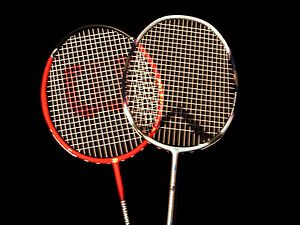 image from drpbody.com
image from drpbody.com image from drpbody.com
image from drpbody.comVegetables contains calcium, magnesium, iron, potassium, zinc, vitamins A, C, E and K.
 image from drpbody.com
image from drpbody.com image from drpbody.com
image from drpbody.com





 I also feel that I should be more educated about whales so that I can learnt how to protect its species as it is endangered. After all, knowing about an animal species is also general knowledge, thus, being knowledgeable in such things would benefit me in the future such as looking for jobs, etc.
I also feel that I should be more educated about whales so that I can learnt how to protect its species as it is endangered. After all, knowing about an animal species is also general knowledge, thus, being knowledgeable in such things would benefit me in the future such as looking for jobs, etc. What are Whales?
What are Whales?Unlike most animals, whales are conscious breathers. All mammals sleep, but whales cannot afford to become unconscious for long because they may drown. It is thought that only one part of the whale's brain sleeps at a time, so they rest but are never completely asleep.
Some species, such as the humpback whale, communicate using melodic sounds, known as whale song. These sounds can be extremely loud, depending on the species. Sperm whales have only been heard making clicks, because toothed whales use echoes and can be heard for many miles. They can generate about 20,000 watts of sound at 163 decibels.
Male genitals retract into body during swimming, reducing drag and preventing injury.
The female delivers a single calf tail-first to minimize the risk of drowning. Whale cows nurse by actively squirting milk, so fatty that it has the consistency of toothpaste, into the mouths of their young. Nursing continues for more than a year in many species, and is associated with a strong bond between mother and calf. Reproductive maturity occurs typically at seven to ten years. This type of reproductionproduces few offspring, but increase survival probability.
Whales are known to teach, learn, cooperate, scheme, and even grieve.
The blue whale's body is long and slender, and can be various shades of bluish-grey dorsally and somewhat lighter underneath. There are at least three distinct subspecies. As with other baleen whales, its diet consists almost exclusively of small krill.
Blue whales were abundant in nearly all the oceans until the beginning of the twentieth century. For over 40 years, they were hunted almost to extinction by whalers until protected by the international community in 1966. Before whaling, the largest population was in the Antarctic, numbering approximately 239,000 (range 202,000 to 311,000).
The blue whale has a long tapering body that appears stretched in comparison with the stockier build of other whales.
They have small dorsal fins, visible only briefly during the dive sequence. Located around three-quarters of the way along the length of the body, it varies in shape from one individual to another; some only have a barely perceptible lump, but others may have prominent and falcate dorsals. When surfacing to breathe, the blue whale raises its shoulder and blowhole out of the water to a greater extent than other large whales such as the fin.
Their flippers are 3–4 metres long. The upper sides are grey with a thin white border. The lower sides are white. The head and tail fluke are generally uniformly grey. The whale's upper parts, and sometimes the flippers, are usually mottled. The degree of mottling varies substantially from individual to individual.
Blue whales can reach speeds of 50 kilometres per hour (31 mph) over short bursts, usually when interacting with other whales, but 20 kilometres per hour (12 mph) is a more typical traveling speed. When feeding, they slow down to 5 kilometres per hour (3.1 mph).
I have reached the end of my research.
To sum up, the video bar on the right side may contain videos on whales, thus you can watch them by clicking the icons!
Hope you have enjoyed!!!
---------------------------------------------------------------------------------------------------------------